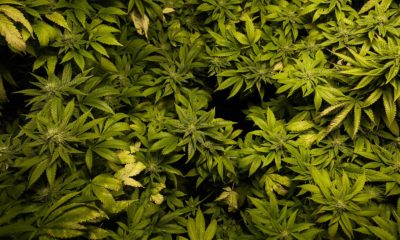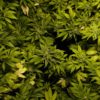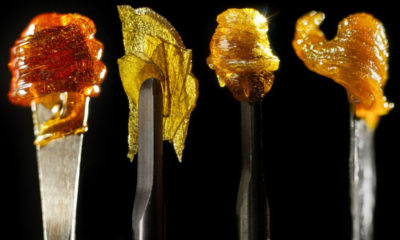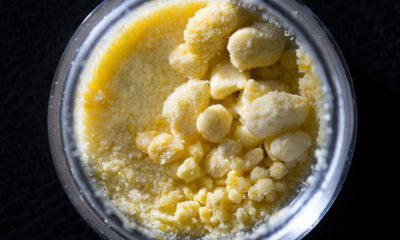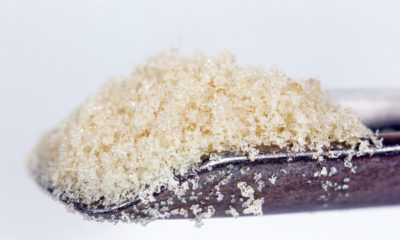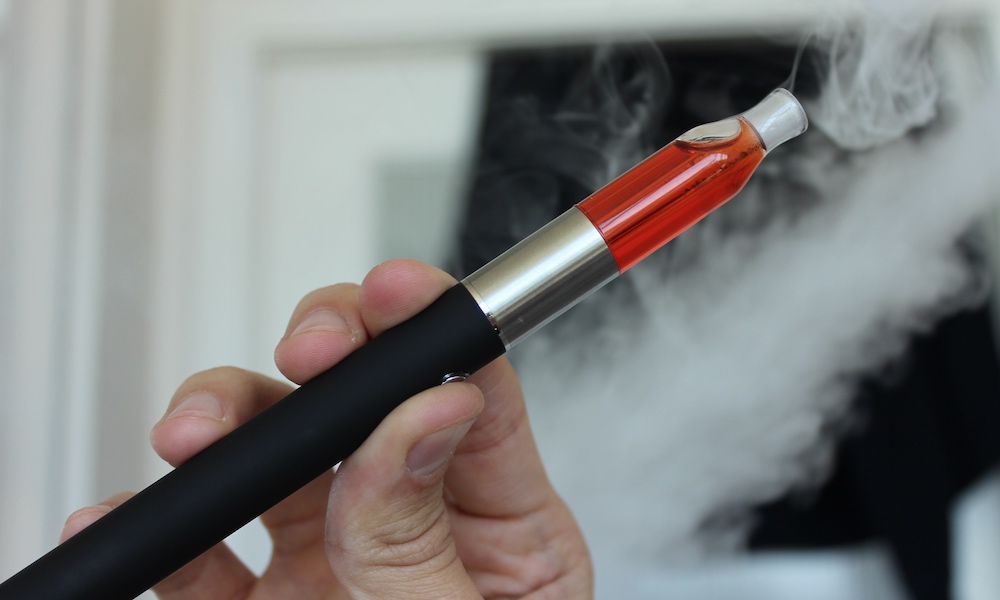
Concentrates
Vape Crisis Hits Fever Pitch as AP Reports on ‘Synthetic Marijuana’ in CBD Vapes
The vape crisis continues to gain momentum as a new report found over-the-counter CBD products often contain the “synthetic marijuana” compounds known to kill.
On Sept. 16, the Associated Press reported on the tale of Jay Jenkins, a South Carolina man who took two puffs of what he thought was a CBD vaporizer before he ended up the Lexington Medical Center. He suffered from acute respiratory failure and went into a coma. Thankfully, he came out of the coma, was released the next day and doctors gave him the cartridge in a biohazard bag. The AP sent the cartridge that Jenkins vaped to be tested in a lab with other products. The results: the cartridge included “a type of synthetic marijuana” that is thought to have killed 11 people in Europe.
But Jenkins was only an example of the wider story the AP detailed: the fact that their investigation found some of the people looking to make a quick buck in the booming CBD industry are actually using banned substances masquerading as cannabinoids — and not the all-natural CBD claimed on the packaging.
Cannabis Now has been following the synthetic cannabinoid issue for years. We’ve reported on how “synthetic marijuana” is used as a catch-all term for any chemical that attempts to mimic the effects of THC, but because the substances are actually nothing like cannabis and produce wildly different effects, they should be called by the street names “Spice” or “K2.” We’ve talked about the importance of knowing where your CBD comes from and the mislabeling of unregulated CBD products for years, and we first reported on the issue of Spice-contaminated “CBD” cartridges last month.
Two years ago, the DEA placed six “synthetic cannabinoids” similar to the kind being touted as CBD in Jenkin’s vape on the list of Schedule I narcotics, defined as substances that are highly dangerous and with no known medical value. But that’s the thing about science, there is always someone working to get around that next ban.
As we could see with the results of the 30 cartridges tested and data collected by the AP, banning does not mean the substance stops showing up in products. In a separate piece, the AP explained how they conducted the investigation.
First, they reached out to law enforcement to see if any CBD tests had reported a positive for the presence of “synthetic marijuana.” Officials in nine states told the AP they had seen CBD oils with positive hits for synthetic cannabinoids. None of the states who reported positive hit — most of them in the Bible Belt — have legal adult-use cannabis markets with safeguards for consumers. Twenty-two states said they had found no evidence of synthetic cannabinoids.
“The information provided by law enforcement agencies and laboratories showed 128 positive samples out of more than 350 tested,” read the statement on the AP’s methodology in the reporting. “Most hits for synthetic marijuana were in vape products. Edibles such as gummy bears accounted for 36 positives. Three samples contained the powerful opioid fentanyl.”
The idea that nearly three percent of the vape pens tested by law enforcement contained fentanyl is fairly traumatic.
Then, in the AP’s own testing, they bought 29 carts in four states, in addition to the Yolo CBD Oil pen that sent Jenkins to the hospital.
Also, an AP reporter went to see if the Yolo CBD Oil brand that made Jenkins sick was available still at the store he bought it at. It wasn’t, but when the reporter asked for something else, the clerk recommended their “top-seller” house carts made by the store’s owner. All of the carts tested positive for synthetic marijuana and the store owner did not respond to the AP’s requests for comment.
“Of the 30 vapes that AP paid to be tested, 10 contained synthetic marijuana,” the report noted. “The lab analyzed 28 vapes for CBD and found that eight had no detectable level, while 14 were less than 0.3% CBD by weight. The other six ranged between 1.07% and 8.87% CBD by weight.”
In the end, the vape crisis — either caused by additives and cutting agents or banned “synthetic marijuana” compounds — will likely push regulators to find a sweet. Too much regulation and people will turn to the illicit market to save money. Too little regulation and bad actors will take advantage of the legal marketplace.
TELL US, do you know if your cannabis products are tested?









